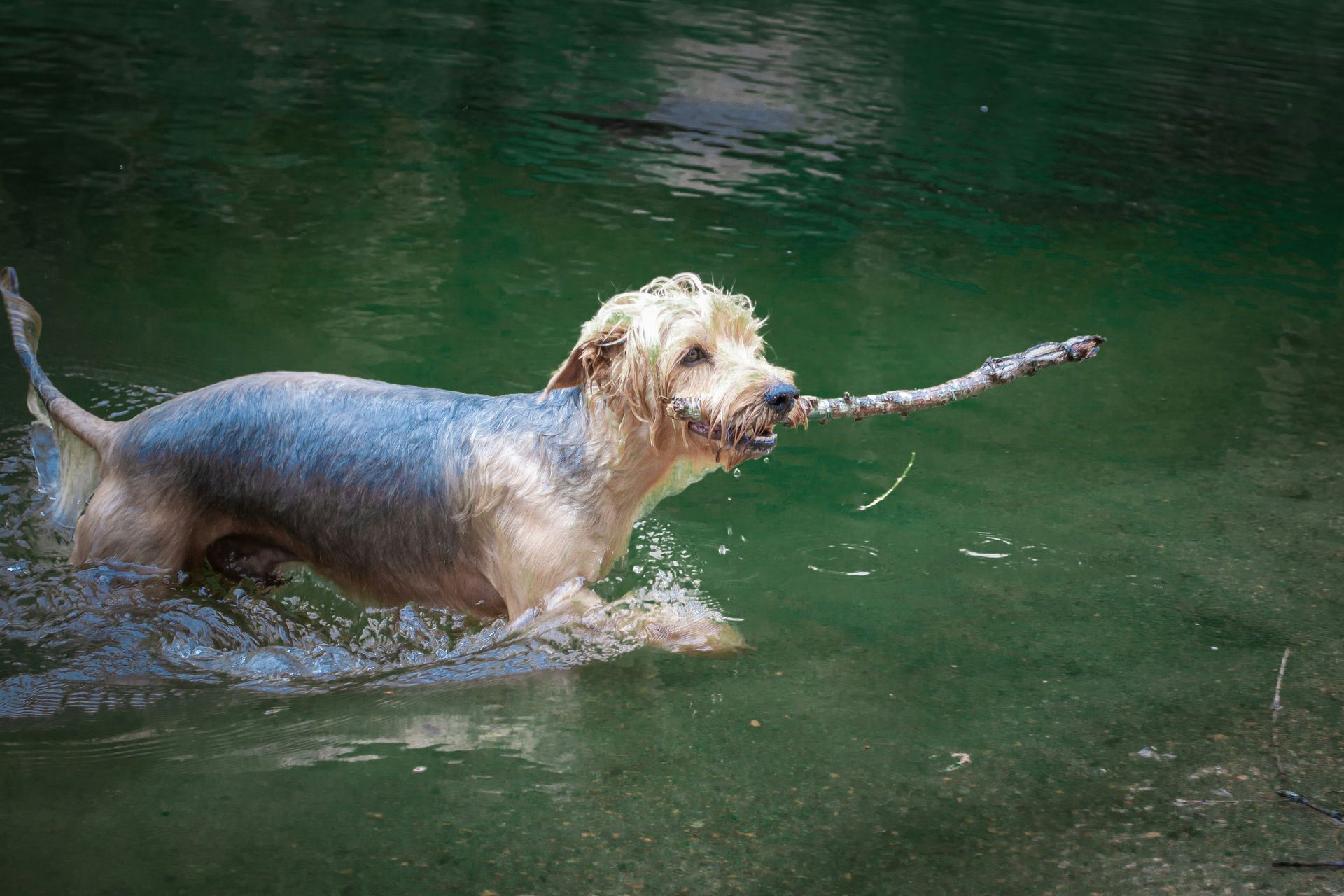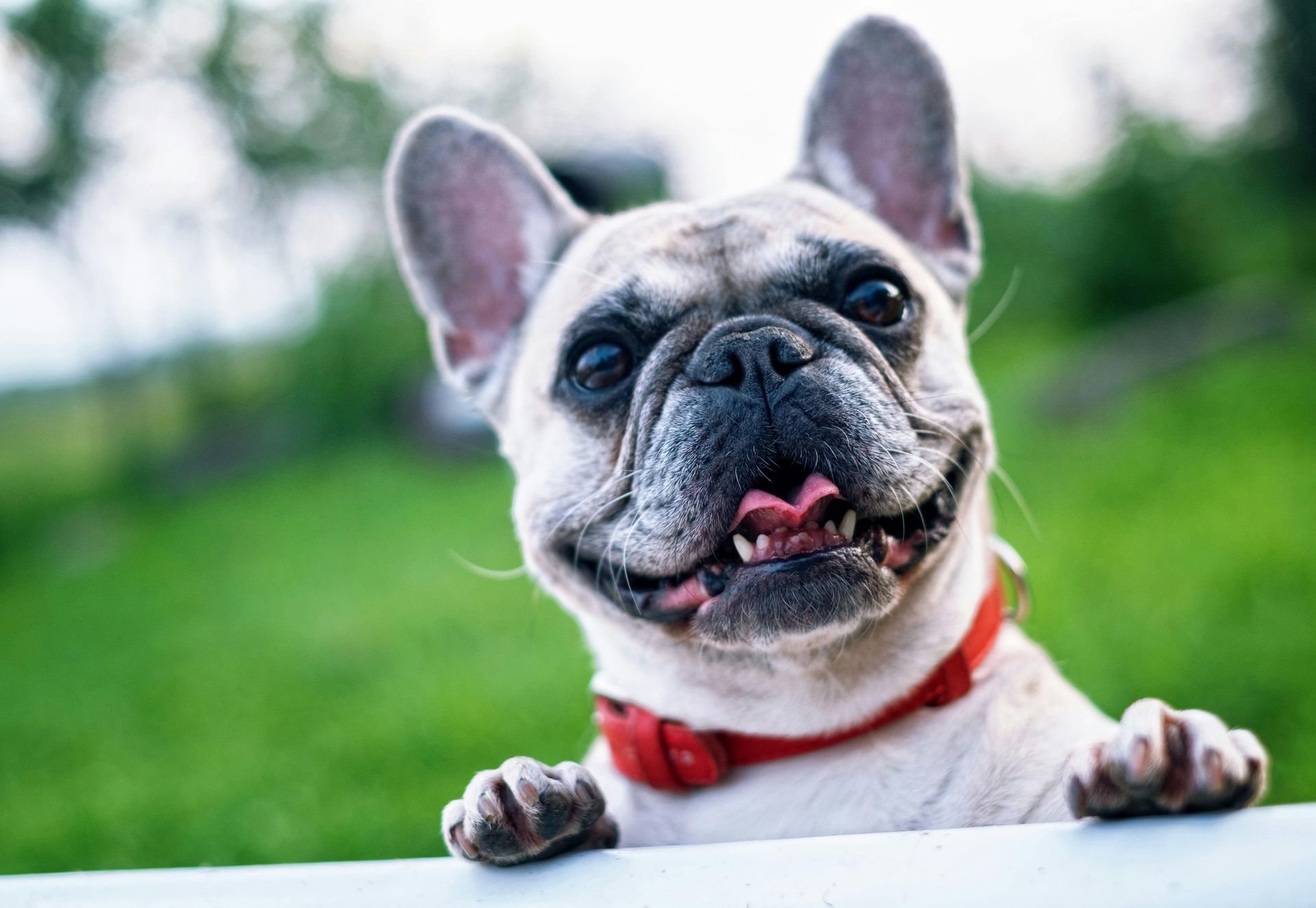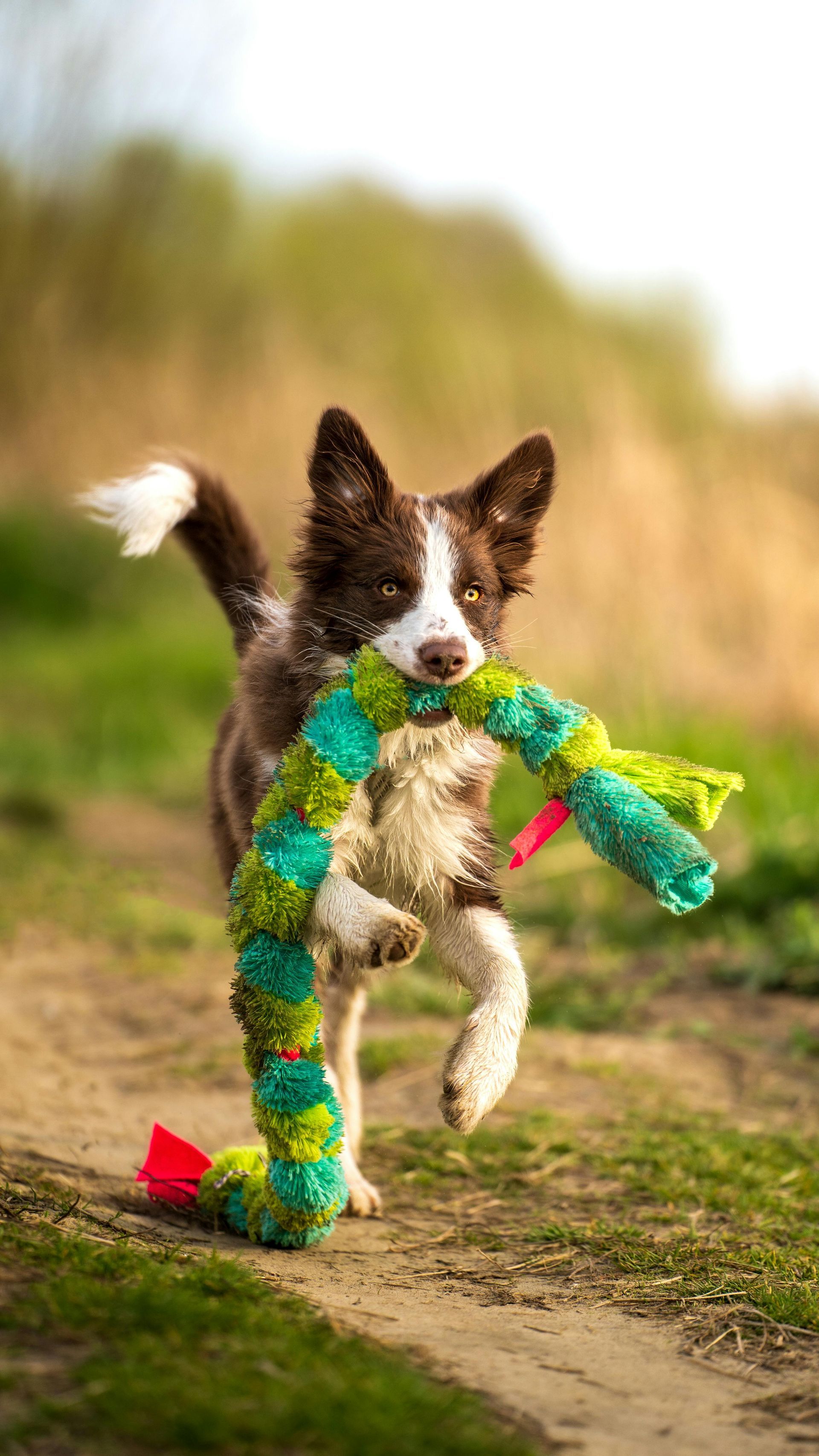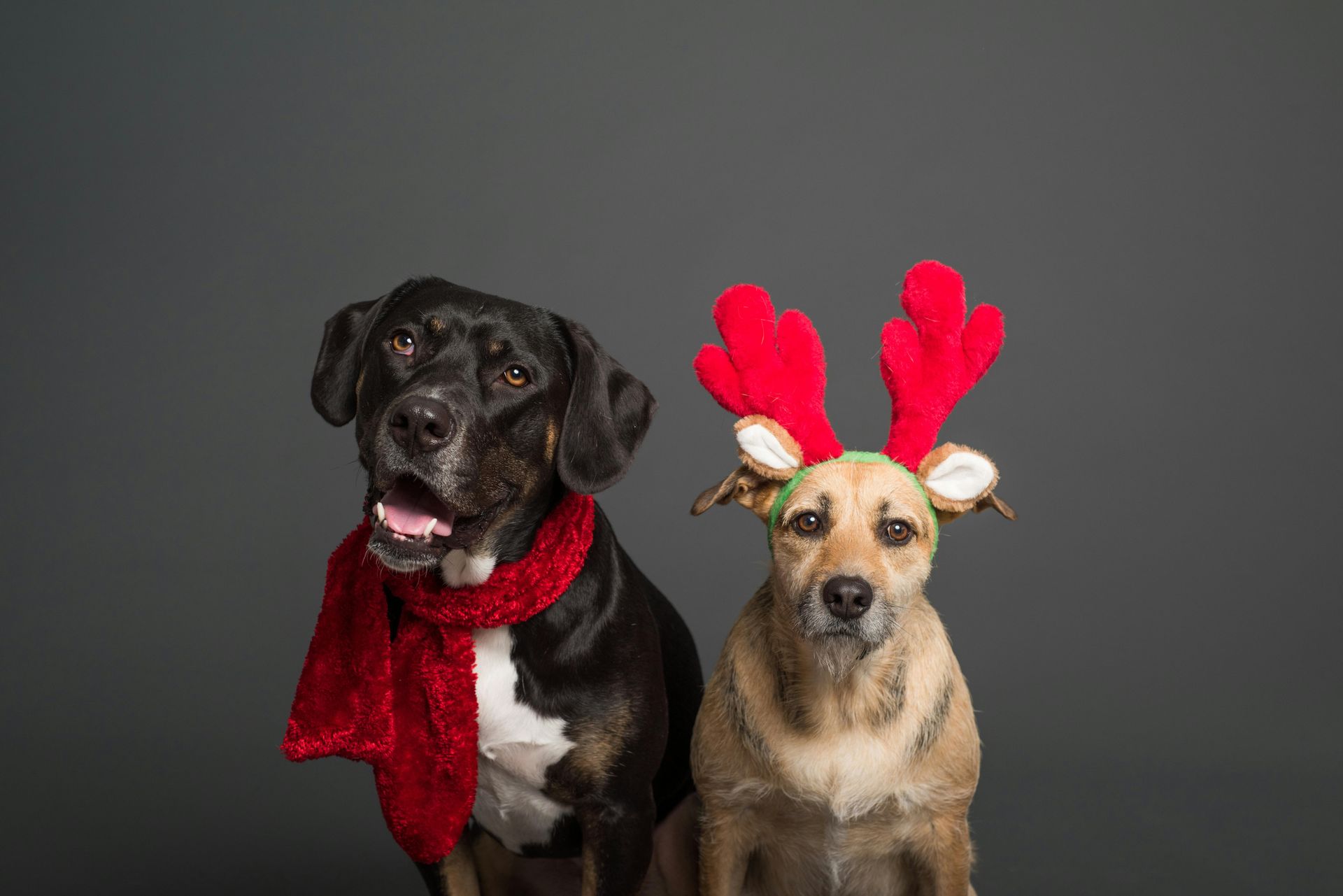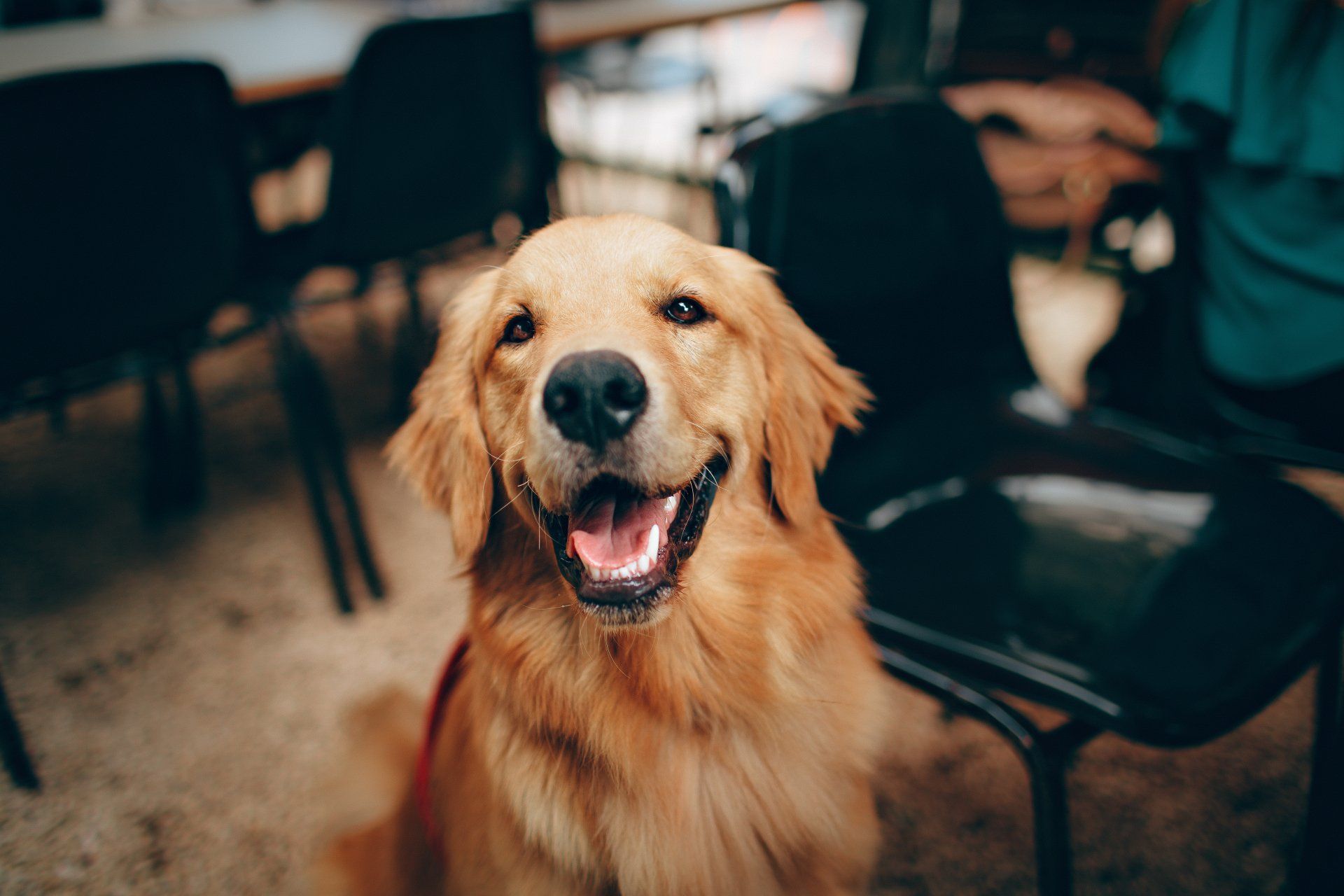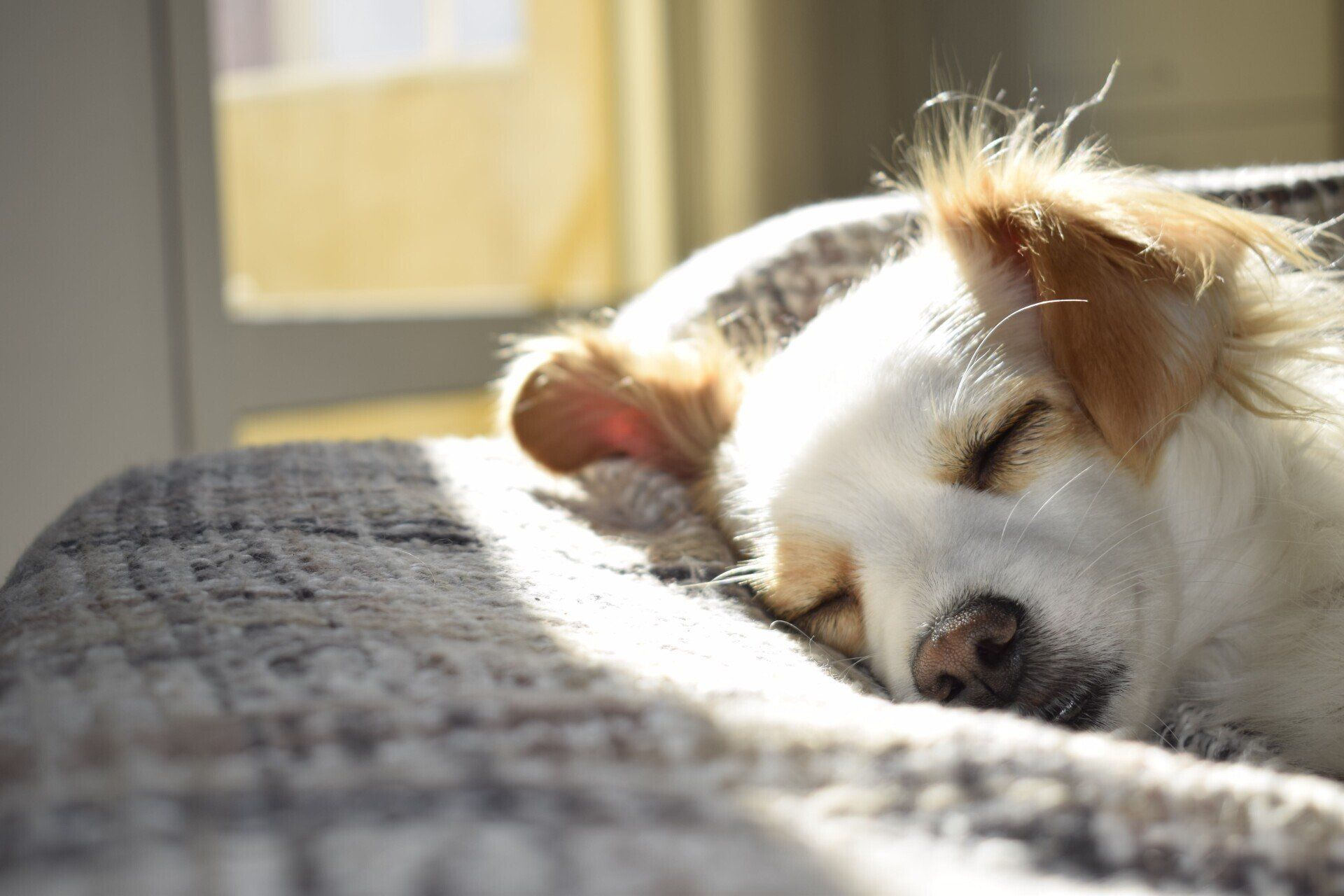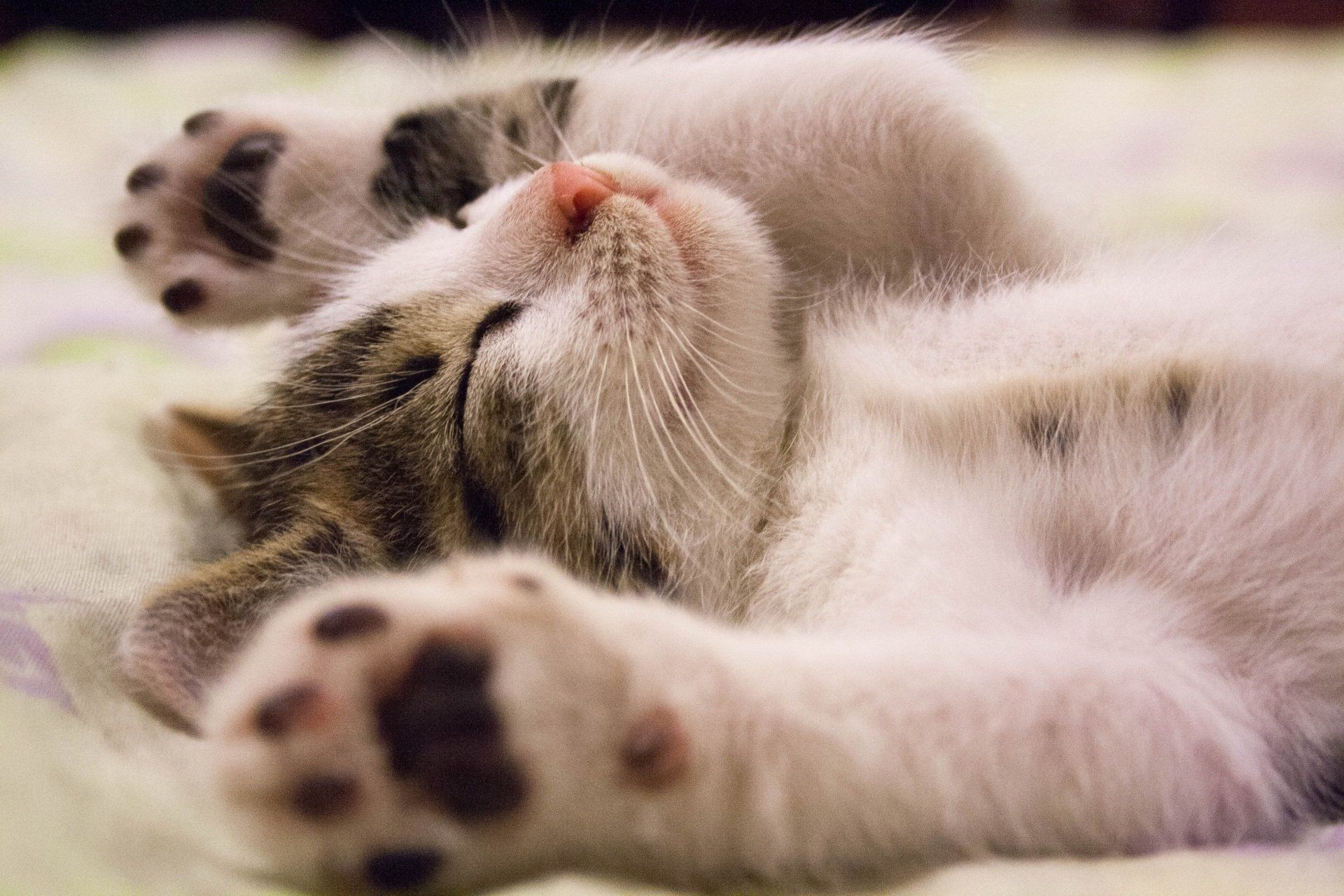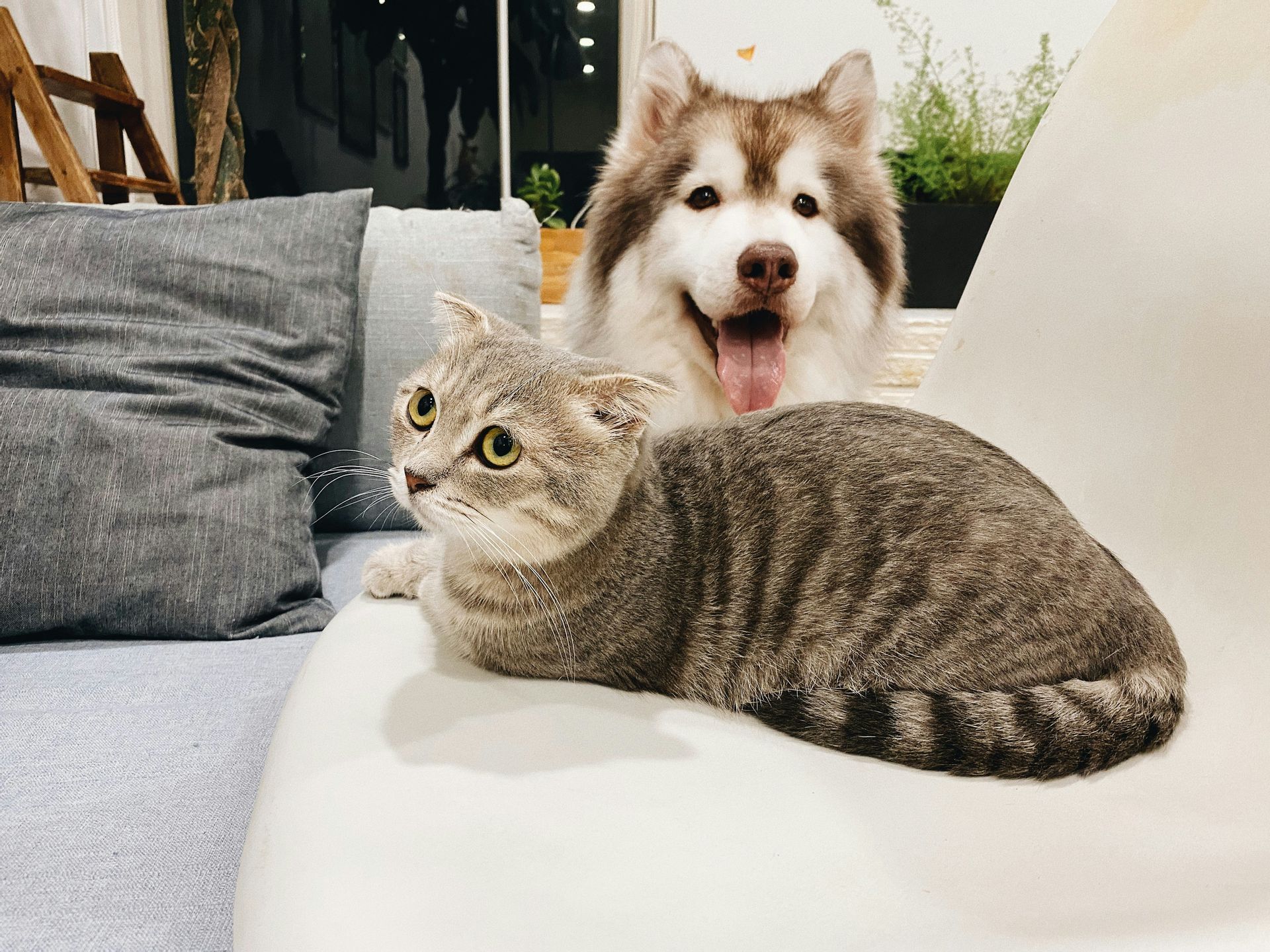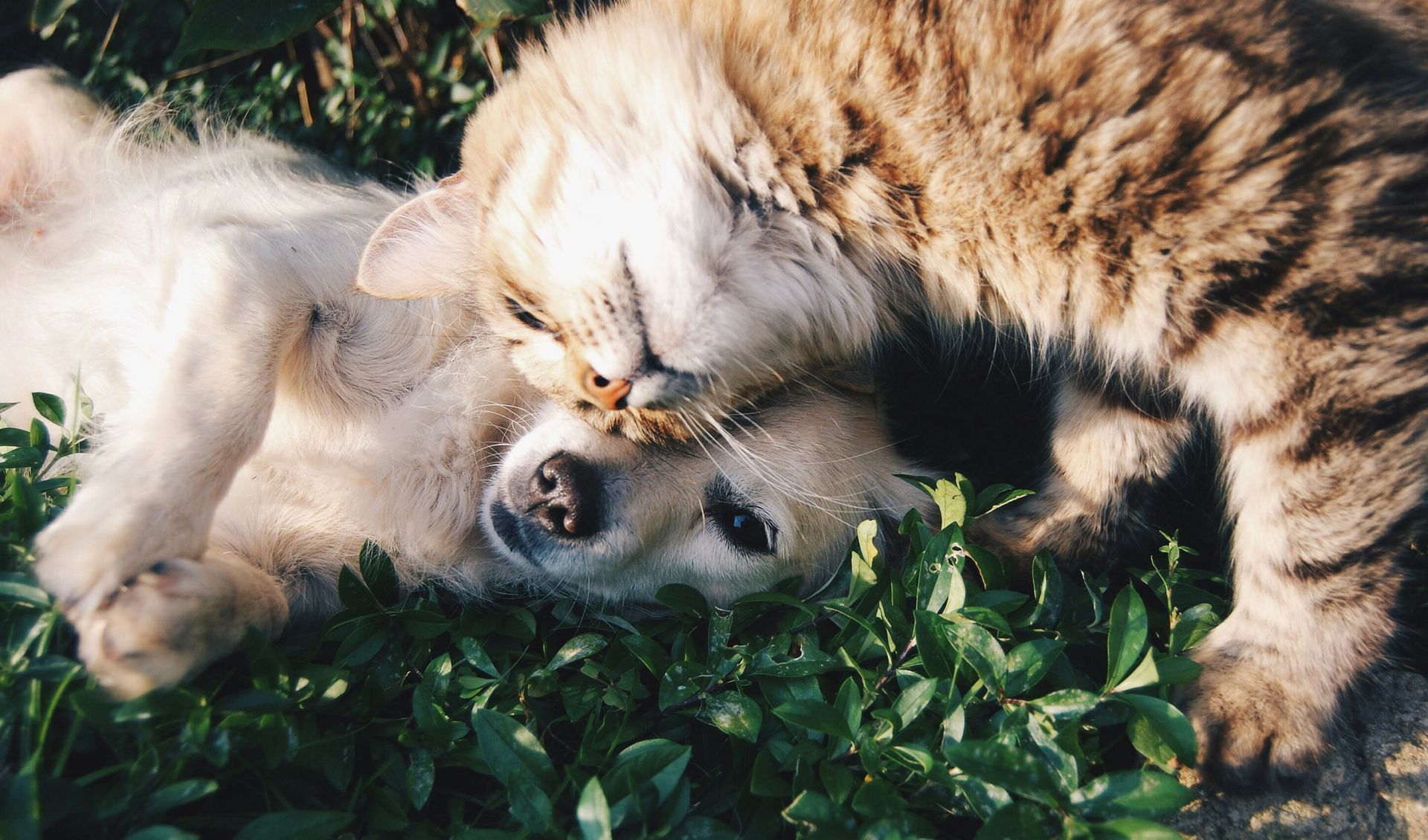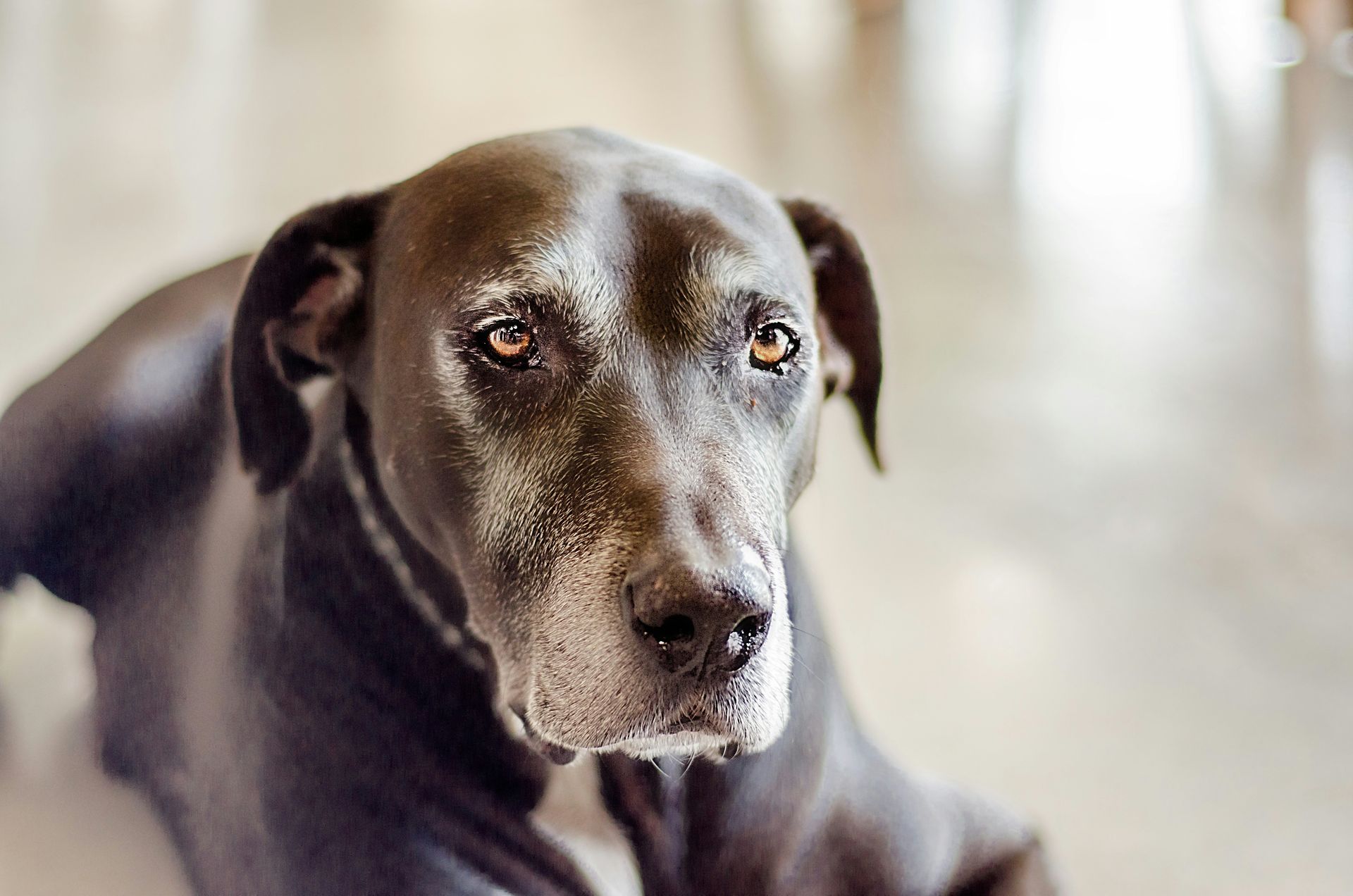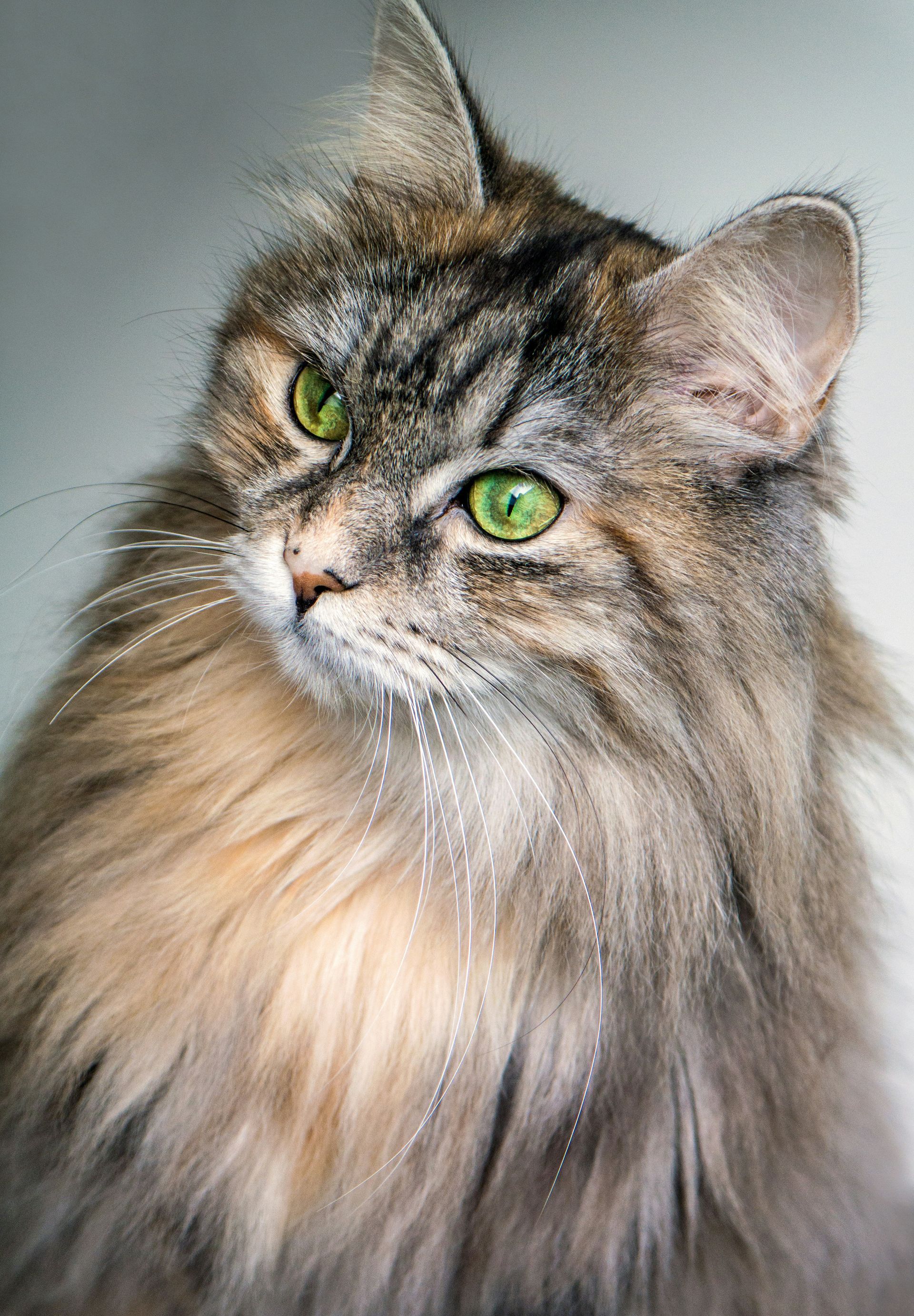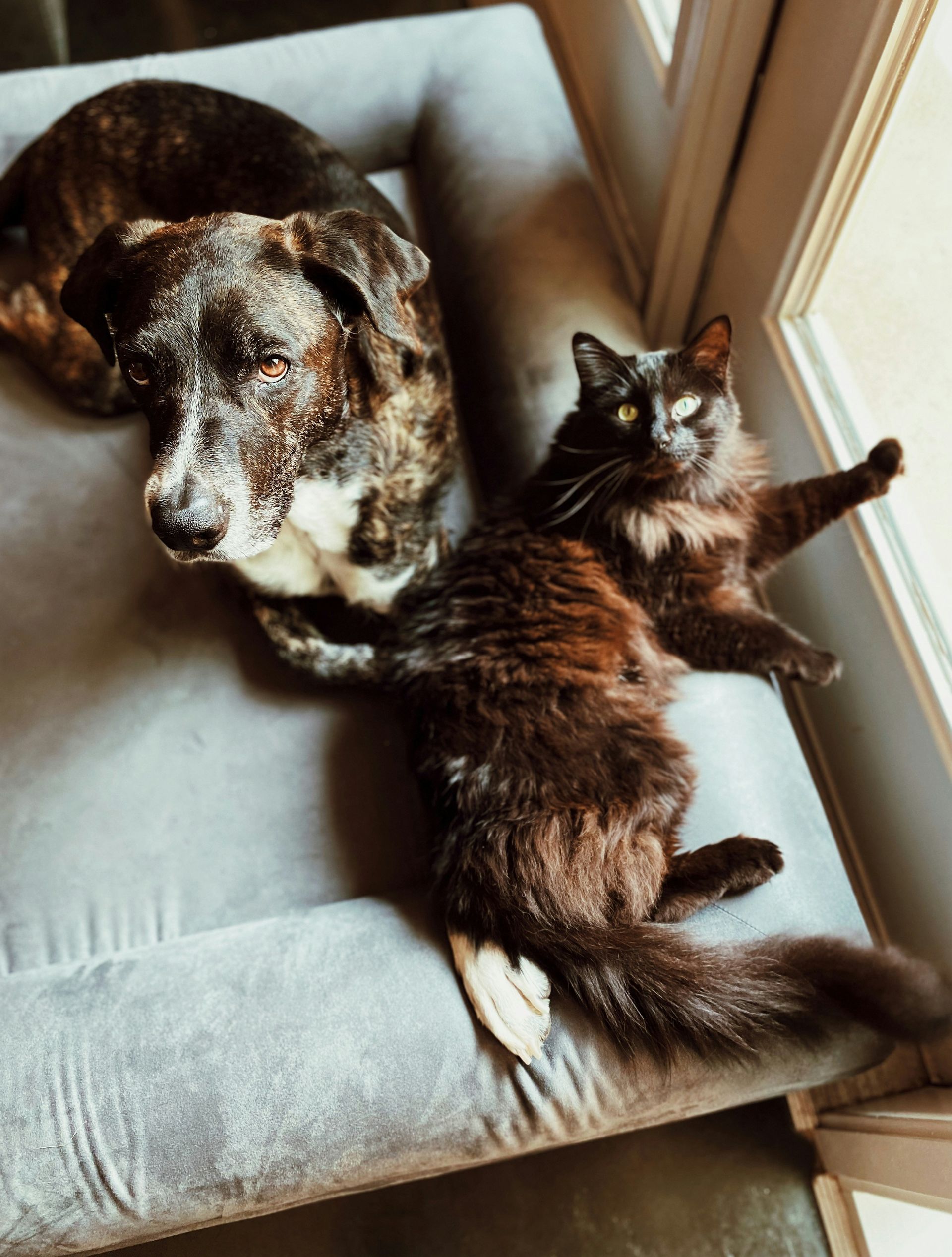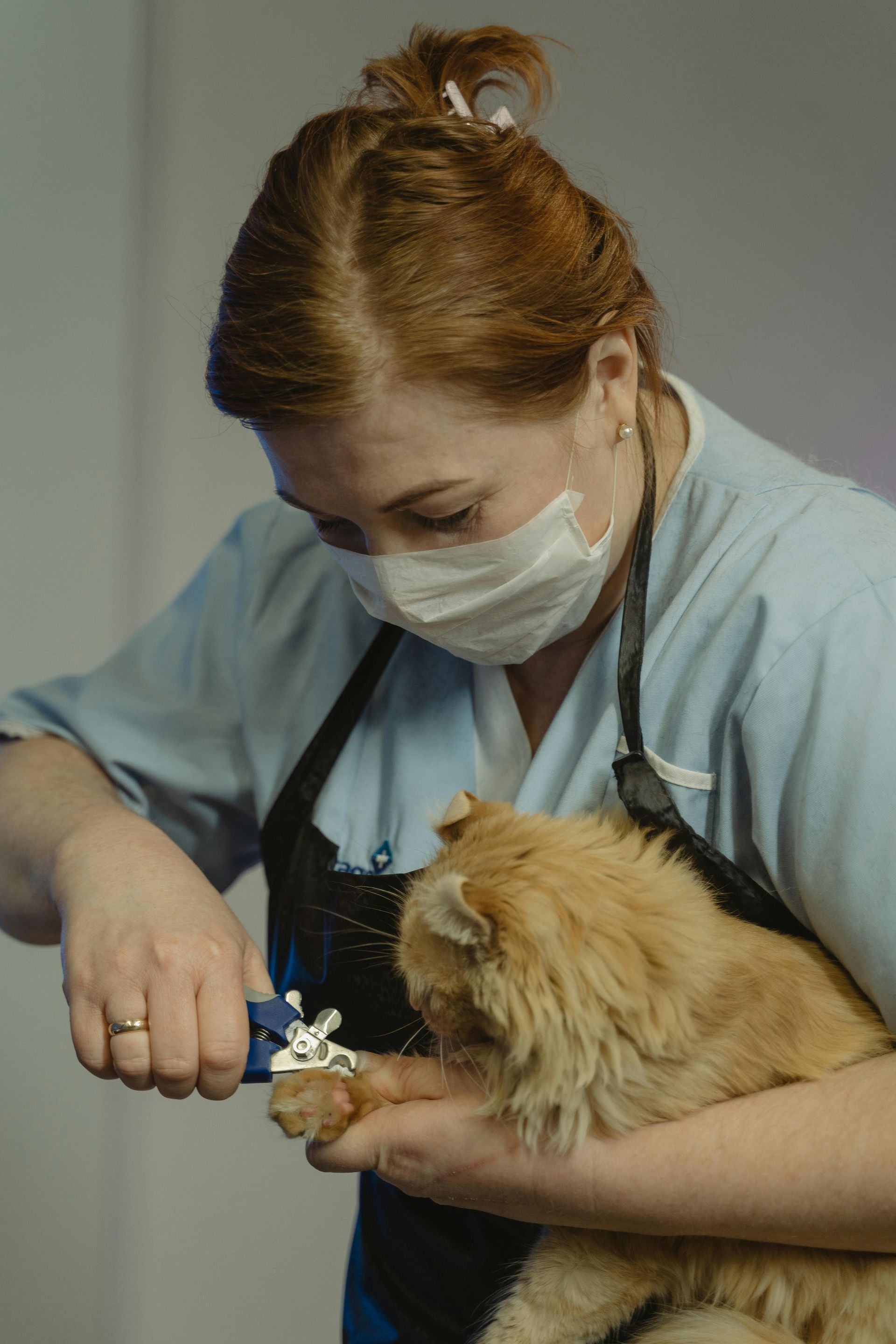"I have a tail-wagging time at All About Paws!"
Expert Services by your trusted friends at ASHBY ANIMAL CLINIC (540) 208-7540
Boarding, Doggie Daycare, Grooming
All About Paws, LLC, is pleased to serve Harrisonburg, Dayton, Bridgewater, and surrounding areas in the beautiful Shenandoah Valley of Virginia. With more than 40 years of experience, the same pet health experts from Ashby Animal Clinic are excited to expand their care to include All About Paws, LLC. Now, short and long-term boarding services, doggie daycare, and grooming (including bathing, nail trimming and clipping) can be found at one convenient location. To make a reservation or find out more, contact us today!
Hours
Boarding Pick-Up
- Mon - Fri
- -
- Saturday
- -
- Sunday
- -
Boarding Drop-off
- Mon - Fri
- -
- Saturday
- -
- Sunday
- Closed
Doggie Daycare Hours
- Mon - Fri
- -
- Sat - Sun
- Closed
Grooming Hours
- Mon - Sun
- Appointment Only

